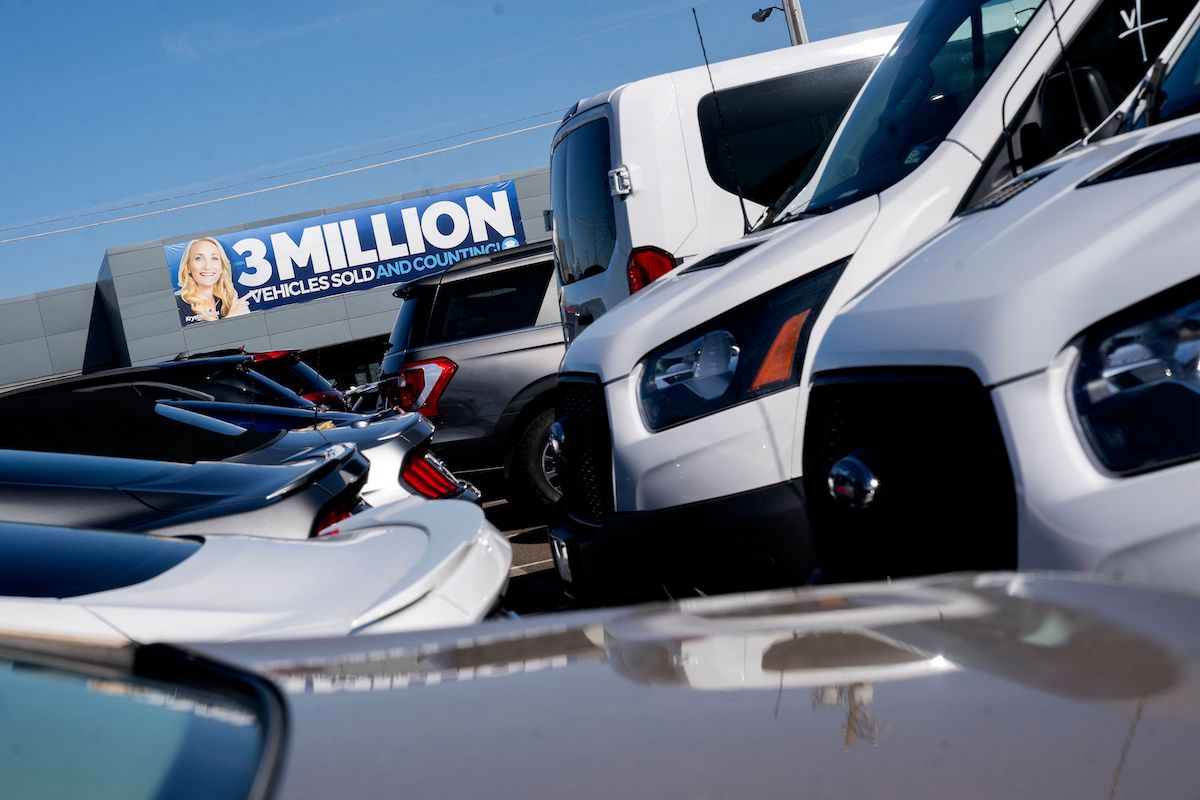
How Car Companies Use Planned Obsolescence to Get You to Buy More Cars
Car companies may portray themselves as always thinking about the consumer. But anyone who peeks behind the car sales curtain knows money is the driving force behind everything automakers do. For instance, as supply chain issues affect electronics, some might be quick to blame obsolescence. However, an auto industry insider reveals how car companies use planned obsolescence to boost their bottom line.
What is planned obsolescence?
Planned obsolescence is not exclusive to the auto industry. Anyone with a smartphone or tablet can tell you what happens when electronic devices reach a few years old. For these industries — from Apple to Ford — to exist, they need a constant stream of buyers, and many consumers don’t intend to buy new cars every time they go out-of-date.
Forced obsolescence goes back decades in modern industry, the BBC notes. While manufacturers used to build things to last as long as possible, some companies — ironically, tech — purposely sell products that look good and work great now but won’t down the road. At its best, planned obsolescence means your car or gadget will look outdated in a year or two. At its worse, the performance drops, and the integrity goes with it.
However, when it comes to something as important and expensive as a car, the cynical cash grabs can eventually wear thin on consumers. And the popular car YouTuber Scotty Kilmer recently dove into the trend’s history within the auto industry.
A history of planned obsolescence in the auto industry

It’s no mistake that every new car release has several trim levels, which are inevitably replaced with newer, sleeker, better-looking ones soon after. Car companies don’t want you to settle on the last model you bought. As soon as you drive off the lot in your new ride, they want you to start thinking about your next purchase.
“Car companies are some of the best experts in planned obsolescence out there,” Kilmer says in a recent YouTube video about how this trend can hurt consumers.
From gimmicky features with short shelf lives to aesthetic obsolescence in the form of limited editions, car companies know how to reach a comprehensive niche. If their car looks old after two years, those who want to keep up with the times and the Joneses are likelier to ditch their last purchase for something new.
Planned obsolescence in the auto industry dates to the 1920s. That’s when General Motors CEO Alfred P. Sloan Jr. noticed bicycles come in many shapes and colors. When kids saw these varied models, they begged their parents for new bikes, and Sloan wanted to do the same with cars.
“The changes in the new model should be so novel and attractive as to create demand … and a certain amount of dissatisfaction with past models compared with the new one,” Kilmer cites Sloan as saying.
These aesthetic changes and safety regulations force manufacturers to adhere to specific standards. However, with more tech features than ever and cars moving further in that direction, the concerns about planned obsolescence remain at the forefront of consumers’ minds.
The problem with controlled scarcity
Planned obsolescence doesn’t affect only the consumer. Jeff Sparrow of The Guardian notes that every new detail, technological or aesthetic, means more manufacturing, leading to manufactured climate change.
Forced obsolescence might seem straightforward and harmless, but it creates a ripple effect of issues, from waste disposal to excessive energy use and the costs of adding to an already-busy workload for employees. And it could lead to a day of reckoning if manufacturers don’t slow their creation of shiny new products.
The COVID-19 pandemic has made some people think twice about their finances and commutes. As the climate changes and consumers’ finances suffer, forced obsolescence deserves to be put under the microscope so that companies make products with better shelf lives.


